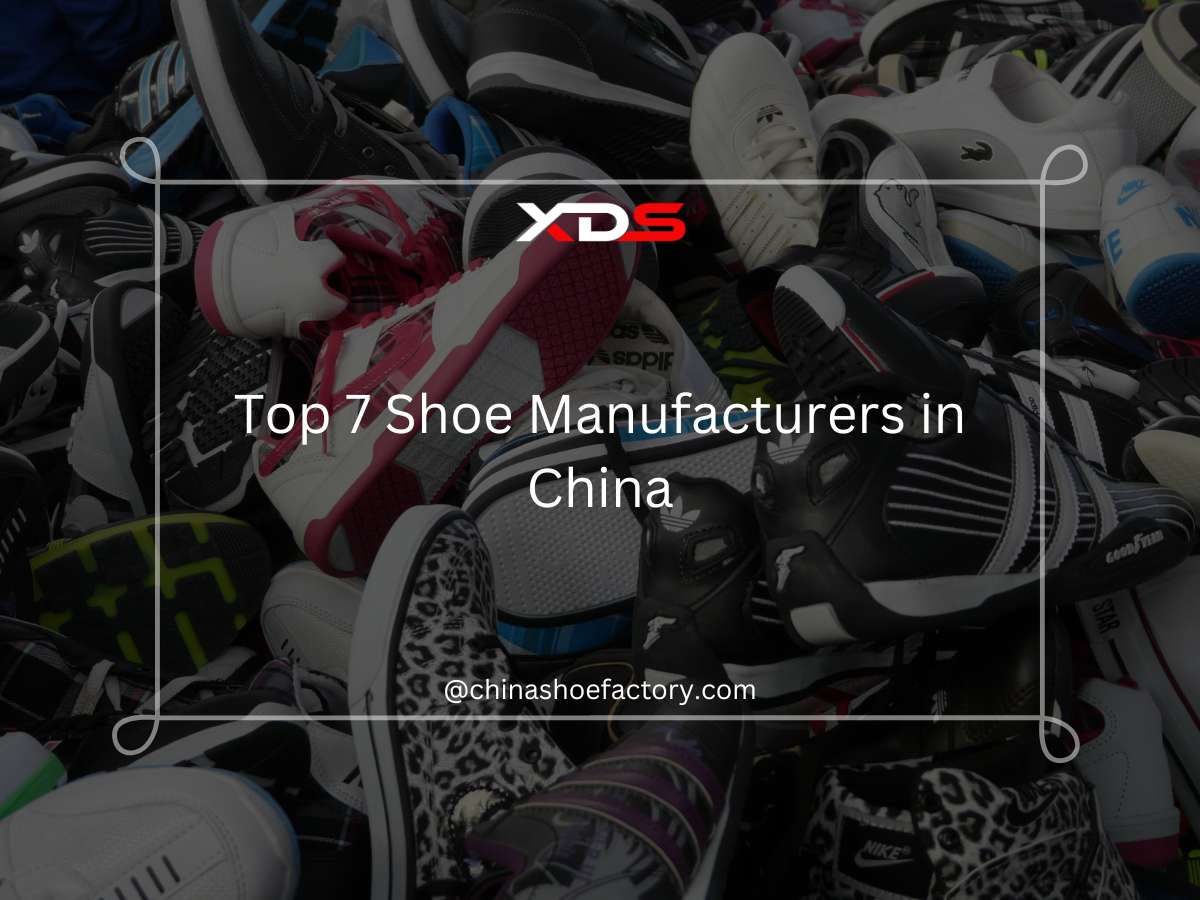The Ultimate Guide to Footwear Quality Assurance

Author: Andy Hong | Founder at XDS
Hi, I'm Andy Hong, here to share my expertise in footwear manufacturing with you.
The Ultimate Guide to Footwear Quality Assurance
Table of Contents
Are poor product quality and customer complaints holding your footwear business back? A well-organized quality assurance process can solve these issues and help your brand thrive.
As a Footwear Quality Assurance Specialist, I have helped businesses deliver better shoes and stronger results. This guide shares practical tips and proven methods to improve quality control in footwear production.
Quality assurance is about delivering shoes that meet customer needs for safety, comfort, and durability. It’s a key step in building a trusted brand and avoiding problems like defects or recalls.
This guide breaks down the essential steps in footwear quality assurance. Learn about key standards, production checkpoints, and testing methods for durability. You’ll also discover common defects and ways to prevent them.
Let’s get started!
1. Understanding Quality Standards for Footwear
Quality standards in footwear are rules that help shoes meet expectations for safety, comfort, and durability. These standards apply to materials, production processes, and final products. But why are they important?
They protect your brand’s reputation and help you avoid issues like returns or complaints. As explained by research in PMC, well-documented systems significantly enhance customer satisfaction, leading to improved loyalty, repeat business, and referrals.
If you’re looking for a partner to help deliver consistent quality and customer satisfaction, XDS offers a 180-day quality guarantee, giving you confidence in footwear that meets the highest standards every time.
2. Key Standards and Certifications in Footwear QA
Quality standards and certifications in footwear quality assurance are the rules that help businesses meet safety, durability, and environmental requirements. The following are some key standards and certifications to know:
REACH (Registration, Evaluation, Authorization, and Restriction of Chemicals)
This European standard focuses on keeping harmful chemicals out of footwear materials. It checks whether shoes are safe for people and the environment. For businesses exporting to Europe, complying with REACH builds trust and opens doors to the market.
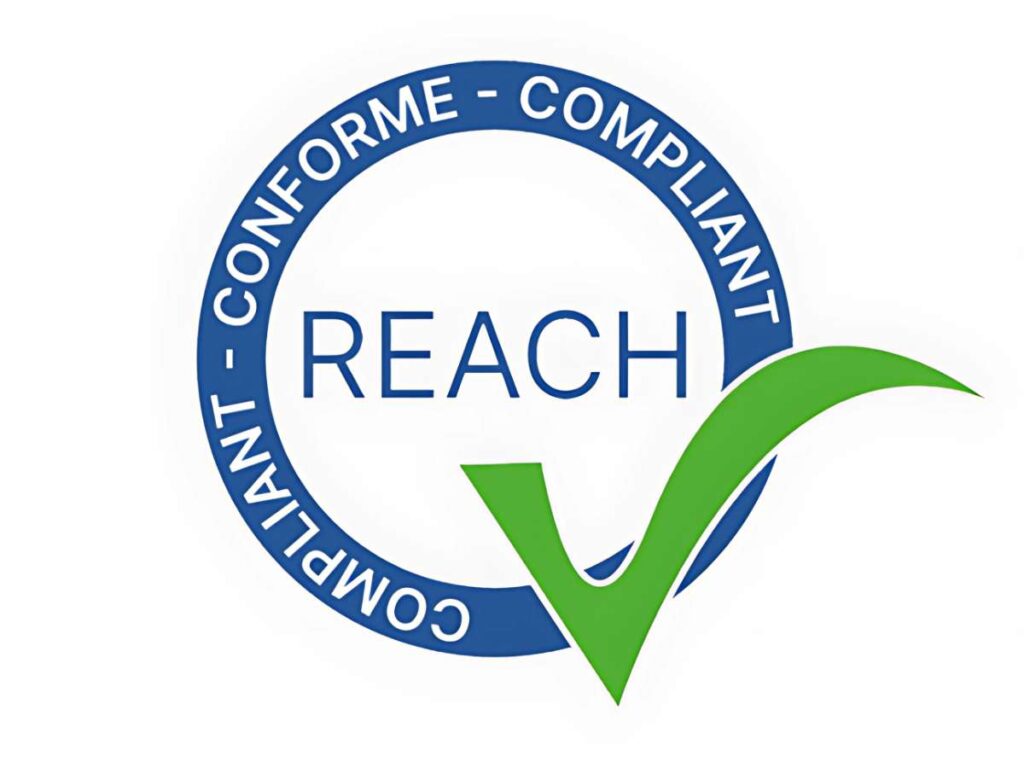
CA65 (California Proposition 65)
CA65 is a U.S. law that protects customers by limiting harmful substances in products, including shoes. It requires businesses to test materials and label any potential risks. For those selling in the U.S., this certification can help avoid legal troubles and improve product appeal.
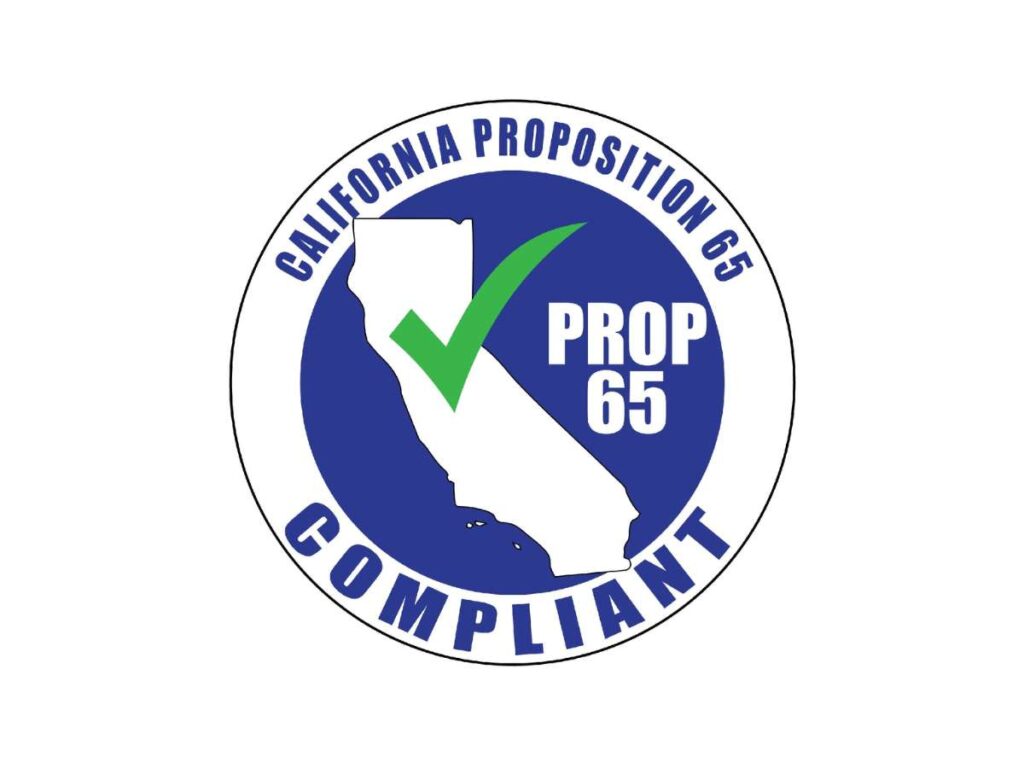
ISO 9001 (Quality Management System)
ISO 9001 is a global certification that focuses on consistent production processes and product quality. It shows that a company has a system for making high-quality products. For distributors and retailers, this certification signals reliability and professionalism.
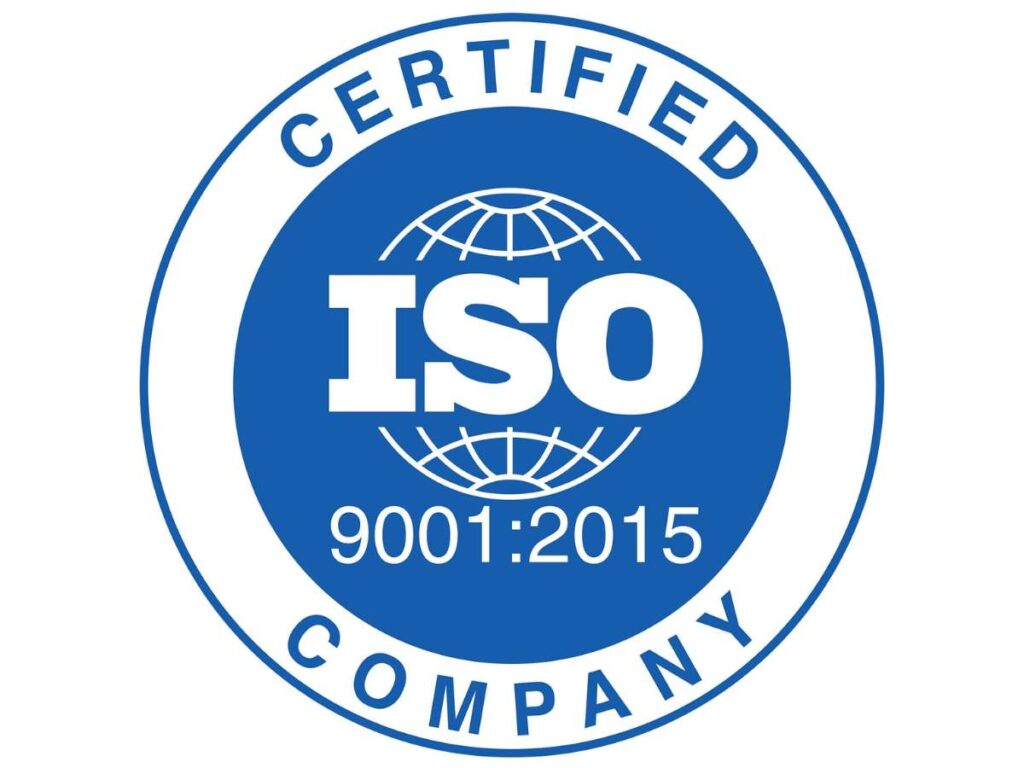
GRS (Global Recycled Standard)
This certification is all about using sustainable materials. It tracks recycled content in footwear and checks ethical production practices. As more customers value eco-friendly choices, GRS certification can help brands stand out.
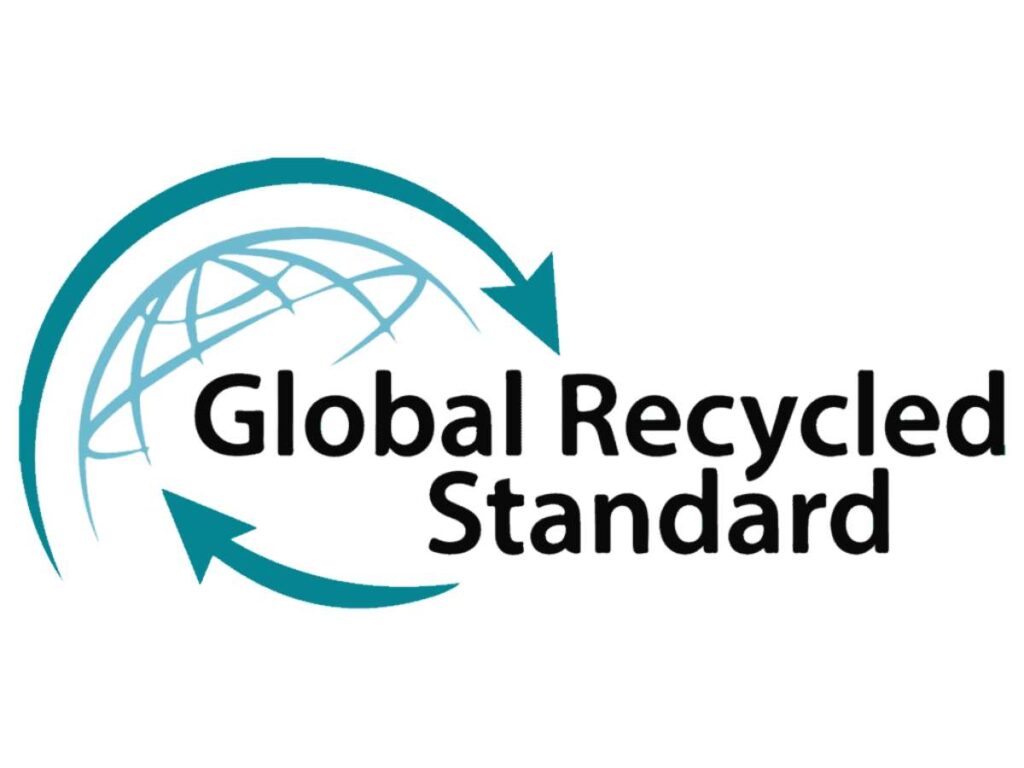
3. Footwear Production Process and QA Checkpoints
The footwear production process involves several stages, each contributing to the creation of high-quality shoes. At every step, quality assurance (QA) checkpoints play a vital role in identifying and addressing potential issues before they reach the customer. Here are the key steps in the process involved:
Step#1 Designing Shoes
This is where ideas take shape. Designers create blueprints, decide on materials, and develop prototypes. The QA checkpoint here involves reviewing designs for functionality, durability, and market appeal. As someone who’s worked in footwear QA, I’ve seen how early design checks prevent costly revisions later.
Step#2 Selecting Materials
Materials like leather, fabric, and rubber are chosen based on the shoe’s purpose. The QA team tests for safety, durability, and compliance with standards like REACH or CA65. This step ensures materials meet requirements for both performance and customer satisfaction.
Step#3 Cutting and Stitching
Materials are cut into patterns and stitched together to form the shoe upper. QA at this stage focuses on precision, checking for clean cuts, tight stitching, and consistent shapes. Poor quality here can lead to visible defects in the final product.
Step#4 Attaching the Sole
The sole is bonded to the upper using adhesives or stitching. QA teams check the strength of the bond, flexibility, and alignment. Weak bonding at this stage can result in customer complaints, so this checkpoint is critical.
Step#5 Final Assembly and Inspection
Details like laces, logos, and finishing touches are added. QA teams inspect the overall product for alignment, appearance, and comfort. This final checkpoint ensures the shoes meet the desired specifications before packaging.
4. Testing Methods for Footwear Durability and Performance
Footwear durability and performance testing help businesses deliver products that last and meet customer expectations. These tests evaluate how shoes handle wear and tear, extreme conditions, and real-world usage. The following are key testing methods used to assess durability and performance:
- Flex Testing: Shoes are repeatedly bent to check flexibility and resistance to cracking. This test mimics natural foot movements during wear.
- Abrasion Testing: The outer materials are rubbed against rough surfaces to measure wear resistance. This test shows how long the shoe will maintain its appearance.
- Slip Resistance Testing: Shoes are tested on wet and dry surfaces to evaluate grip. This is especially important for work and outdoor footwear.
- Compression Testing: Soles are compressed under heavy loads to test durability. It ensures shoes can handle the pressure without breaking.
- Waterproof Testing: Shoes are submerged and exposed to dynamic conditions to test water resistance. This is crucial for outdoor and hiking footwear.
- Impact Testing: Drop weights are used to simulate force and check protection. This is commonly used for work boots and safety shoes.
5. Common Footwear Defects and How to Prevent Them
Footwear defects can affect customer satisfaction and harm your brand’s reputation. Identifying and addressing these issues during production can save time, money, and resources. The table below highlights common footwear defects and ways to prevent them:
| Defect | Description | Prevention Methods |
| Poor Bonding | The sole separates from the upper. | Use high-quality adhesives and test bonding strength regularly. |
| Stitching Errors | Uneven, loose, or broken stitches. | Maintain well-calibrated machines and conduct visual inspections. |
| Color Inconsistency | Mismatched colors between batches or sections of the shoe. | Perform color matching tests and use consistent dye lots. |
| Shape Deformities | Misaligned or misshapen shoe components. | Conduct mold checks and perform trial runs before mass production. |
| Material Cracking | Leather or synthetic materials crack or split over time. | Test materials for flexibility and durability before production. |
| Slip Issues | Soles fail to provide adequate grip. | Conduct slip resistance testing on different surface types. |
| Water Leakage | Water penetrates shoes labeled as waterproof. | Use high-quality waterproof materials and perform immersion tests. |
6. Best Practices for Maintaining High Footwear Quality Standards
Maintaining high-quality standards in footwear production requires a structured approach and attention to detail. The following tips highlight essential practices for maintaining these standards:
- Develop Clear SOPs (Standard Operating Procedures): Document processes to create consistency across production lines. For example, a step-by-step guide for bonding soles can prevent variations and improve product reliability.
- Conduct Pre-Production Trials: Small-scale trials help identify and resolve issues early. For instance, running a test batch of 100 shoes can highlight mold alignment problems before mass production begins.
- Material Quality Checks: Set measurable benchmarks for raw materials like tensile strength, abrasion resistance, and chemical safety. Conduct lab testing on batches to confirm materials meet these standards before production.
- Regular Calibration of Equipment: Inspect and calibrate machinery like stitching machines, molding presses, and cutting tools at least monthly. Well-maintained equipment minimizes errors and enhances production accuracy.
Conclusion
This guide highlights how quality assurance can transform footwear production. By applying these strategies, brands can reduce defects, improve customer satisfaction, and build long-term loyalty.
Ignoring quality control often results in higher returns and damaged brand reputation. XDS offers a 180-day quality guarantee, thorough testing processes, and flexible solutions to meet your needs. Contact us to get started.
Recommended Reads for You
Curious for more? These additional articles offer even more insights and advice:
Still haven’t found what you’re looking for? Don’t hesitate to contact us; we’re available around the clock to assist you.
Quick Quote
Fill out the form, get the quote in hours!


